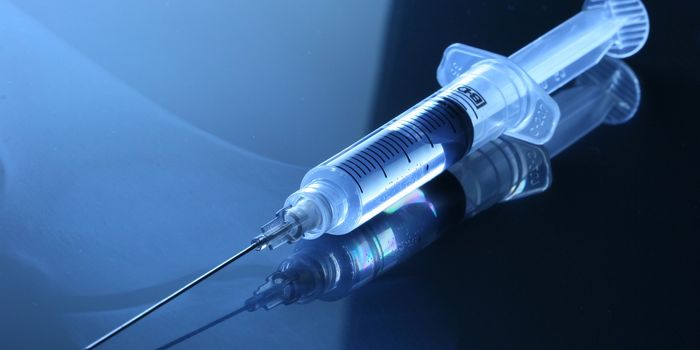Using Soft Tissue Sarcoma's Immune Defense as a Biomarker
Programmed cell death protein 1 (PD-1) has been a big player in the treatment of both autoimmune disease and cancer. PD-1 is a receptor on the cell membrane that promotes cellular apoptosis, or cell death, in T-cells. It also prevents apoptosis in regulatory T-cells, which usually suppresses the immune response. Programmed death-ligand 1 (PD-L1) Is the trigger factor that initiates PD-1 signaling. Many cancers overexpress PD-L1, which creates an immunosuppressive environment and protects the tumor from the innate anti-cancer immune response. PD-1 inhibitors have had success in preventing this, promoting anti-cancer activity through the innate immune response.
Although these interactions are well studied in many cancer types, this not the case for soft tissue sarcomas (STSs). STSs are rare malignant neoplasms, with as many as 40% of patients seeing metastatic recurrence post-operation. A team from the Mie University School of Medicine in Japan hypothesized that the blood soluble PD-L1 (sPD-L1) would create an immunosuppressive environment around STS tumors and could be used as a prognostic biomarker in STS treatment.
Using data from 135 STS patients enrolled in the program at the university, the team began their analysis. The first observation they made was that compared to healthy volunteers, STS, and benign tumor patients had increased PD-L1 levels overall. Benign and STS tumors did not have a significant difference in sPD-L1 levels, however. Late-stage STS patients who developed metastasis, as well as those who unfortunately passed, were observed to have higher sPD-L1 concentrations than the rest of the patient group. Statistical analysis confirmed the correlation of high sPD-L1 levels and a low metastatic-free survival and overall-survival rate in patients with late-stage STSs.
The results of this study were not the clearest support of sPD-L1 and STS prognosis. Late-stage STS patients were the only patients with a clear correlation between sPD-L1 levels and overall survival rates or metastasis-free survival rates. The team admits to the limitations of the relatively small patient group, with possible bias from the large number of late-stage STSs. The type of STSs ranged across twenty sub-types as well, possibly clouding the data. Even with these limitations, the results show that sPD-L1 may be a useful biomarker for late-stage STS prognosis, and further study might reveal even more uses.
Sources: Nature, ImmunoOncology









